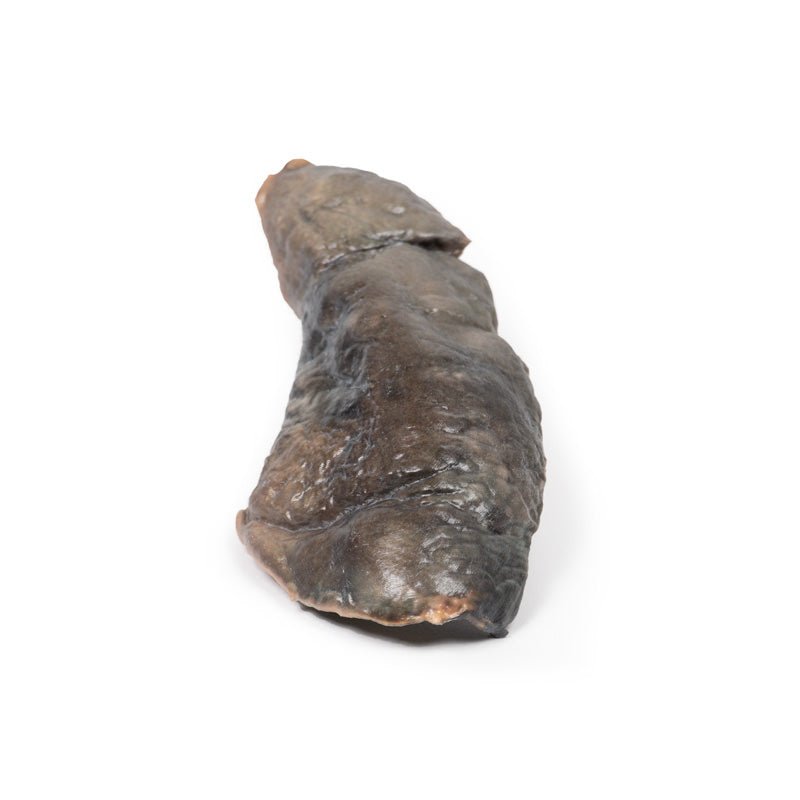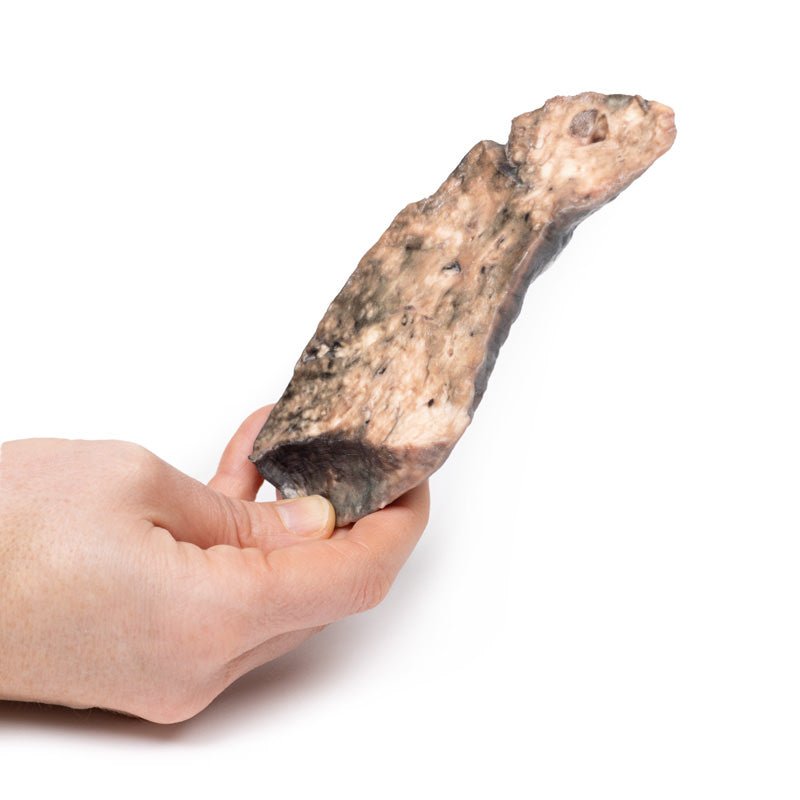Your shopping cart is empty.
3D Printed Lung - Cystic Fibrosis
Item # MP2063Need an estimate?
Click Add To Quote

-
by
A trusted GT partner -
3D Printed Model
from a real specimen -
Gov't pricing
Available upon request
3D Printed Lung - Cystic Fibrosis
Clinical History
A 6-year old girl was admitted with a productive cough, dyspnoea and fevers. She became
increasingly hypotensive and dies soon after admission. She had a previous history of recurrent pneumonia and
meconium ileus. The clinical diagnosis was cystic fibrosis (mucoviscoidosis). Her sister died aged 3 from the same
disease.
Pathology
The lung parenchyma shows extensive changes mainly with a bronchial distribution. Many bronchi are
dilated (bronchiectasis) and contain thick, yellowish, purulent material. These changes are most marked in the upper
lobe, at the apex of which a small focus of ‘honeycomb’ change is also seen. Multiple abscesses are present,
especially in the basal and central parts of the lower lobe. The base of the lower lobe is severely affected with
fibrosis and consolidation being evident. There is very little normal lung tissue remaining. These pathological
changes are characteristic but not pathognomonic of cystic fibrosis.
Further Information
Cystic fibrosis (CF) is an inherited disorder of chloride ion transport. Mutations in the
cystic fibrosis conductance regulator (CFTR) gene on chromosome 7 cause defects in the chloride channel protein
leading to dysfunction of the chloride channels. This causes increased water absorption in exocrine glands and
epithelium of the respiratory, gastrointestinal and reproductive tracts. These dehydrated viscous secretions then
obstruct these organ passage causing clinical features including: persistent pulmonary infection, pancreatic
insufficiency, liver cirrhosis, intestinal obstruction, male infertility, and elevated sweat chloride levels. In the
airway, CF patients have decreased chloride secretion and increased water reabsorption. This causes dehydrated
mucous lining the airways leading to defective mucociliary action, mucous obstructing the airway, bronchiole
dilatation (bronchiectasis) and secondary infection. Staphylococcus aureus, Haemophilus influenzae and Pseudomonas
are the most common bacteria causing CF patients’ lower respiratory tract infections. Chronic bronchitis and
bronchiectasis develops as a result. Pulmonary issues are the highest cause of mortality in CF patients. The average
life expectancy is between 40-50 years of age in developed countries.
CF occurs in around 1 in 3000 live births. It is inherited in an autosomal recessive pattern. It is most common in fair-skinned populations: with 1 in 20 being a carrier of the gene. Symptoms can present in-utero or even up to adolescence, depending on the severity of the disease. It is now most commonly diagnosed with the neonatal screening test for immunoreactive trypsinogen (a pancreas enzyme precursor). If this screening test is positive, a formal diagnosis is made with a sweat test showing >60mmol/L of chloride.
Download: Handling Guidelines for 3D Printed Models
Handling Guidelines for 3D Printed Models
GTSimulators by Global Technologies
Erler Zimmer Authorized Dealer
The models are very detailed and delicate. With normal production machines you cannot realize such details like shown in these models.
The printer used is a color-plastic printer. This is the most suitable printer for these models.
The plastic material is already the best and most suitable material for these prints. (The other option would be a kind of gypsum, but this is way more fragile. You even cannot get them out of the printer without breaking them).The huge advantage of the prints is that they are very realistic as the data is coming from real human specimen. Nothing is shaped or stylized.
The users have to handle these prints with utmost care. They are not made for touching or bending any thin nerves, arteries, vessels etc. The 3D printed models should sit on a table and just rotated at the table.




































































